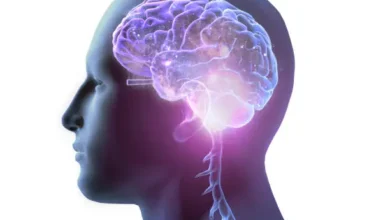Life-Saving Services of Drones in Disaster Recovery Management

Drones are small video recording devices that can capture footage of disaster areas. This footage can be used to help assess the damage and plan for recovery efforts. Drones can also deliver supplies to people in need or help with search and rescue operations.
The use of drones in disaster recovery management is growing rapidly. Drones are used for various tasks, from delivering medical supplies to mapping disaster areas. They offer a unique perspective that can help with search and rescue operations and provide real-time information about the situation on the ground.
Drones are particularly useful in hard-to-reach areas, such as after a hurricane or earthquake. They can be used to assess the damage, locate survivors, and deliver aid. Sometimes, they can help identify potential hazards before people return to an area.
While there are many potential applications for drones in disaster recovery management, some challenges also need to be addressed. For example, drones must operate in all types of weather and terrain. They also need to avoid obstacles, such as power lines and trees.
Operators also need to be trained to use drones safely and effectively. It includes knowing how to select the right drone for the job and understanding the laws and regulations governing their use.
Despite these challenges, the use of drones in disaster recovery management is expected to continue to grow. As they become more affordable and easier to use, they are likely to play an even bigger role in helping people recover from disasters.
Search and Rescue Operations
Drones equipped with thermal imaging cameras can be used to locate victims of disasters such as earthquakes, mudslides, and avalanches. The cameras can detect heat signatures from people buried under debris, making it possible to find them quickly and get them the medical attention they need.
Assessment of Damage
After a disaster strikes, it is important to assess the damage as quickly as possible to start the recovery process. Drones can survey large areas quickly and identify damaged structures, downed power lines, and blocked roads. This information can be used to create a plan for the recovery process.
Delivery of Relief Supplies
In the aftermath of a disaster, areas may be inaccessible by traditional transportation. Drones can be used to deliver much-needed supplies such as food, water, and medicine to these areas.
Reconstruction Planning
Once the damage from a disaster has been assessed, it is time to start planning the reconstruction process. Drones can create 3D models of damaged structures, which architects and engineers can use to plan to rebuild.
Debris Removal
After a disaster, a lot of debris may need to be removed to start the reconstruction process. Drones can be used to quickly and efficiently remove debris from an area, making it possible to start rebuilding sooner.
Building Inspection
Once reconstruction has begun, drones can be used to inspect work progress and identify potential problems. This information can be used to make sure that the rebuilt structures are safe and up to code.
Insurance Claims
Filing an insurance claim after a disaster can be complicated and time-consuming. Drones can gather evidence, such as photos and videos of the damage, which can be used to support an insurance claim.
Monitoring Recovery Progress
After a disaster, it is important to monitor the progress of the recovery process. Drones can be used to survey an area and track the progress being made periodically. This information can be used to make sure that the recovery process is on track.
Damage Assessment:
Drones can be used to assess the damage caused by a disaster. They can provide detailed information about the extent of the damage, which can help emergency responders and decision-makers plan the most effective response.
Delivery of Relief Supplies:
Drones can be used to deliver relief supplies, such as food, water, and medicine, to areas affected by a disaster. It can help reduce the need for people to travel to these areas, saving lives and reducing the strain on emergency responders.
Drones can be vital in disaster recovery management, providing much-needed assistance in search and rescue operations, damage assessment, and relief supplies delivery. By using drones, recovery efforts can be made more efficient, allowing people to return to normal lives sooner.




